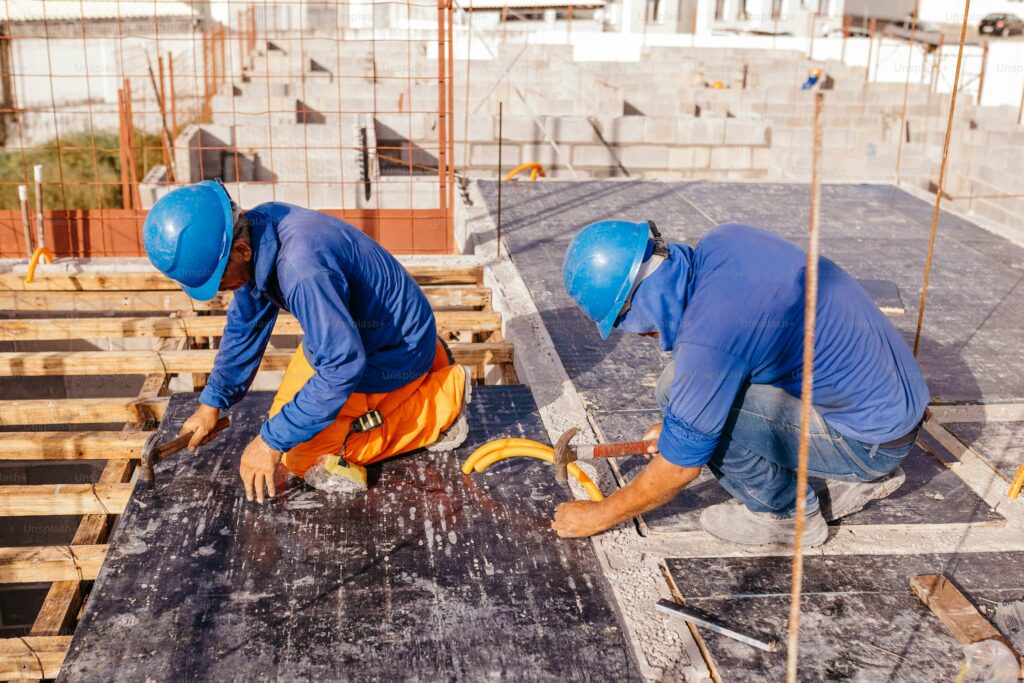
Construction and Development encompass a broad range of activities related to the creation, improvement, and maintenance of physical structures and infrastructure. Here’s a detailed overview of the key aspects involved:
1. Construction
a. Types of Construction
Residential Construction:
- Single-Family Homes: Building detached houses for individual families.
- Multi-Family Units: Includes apartment buildings, townhouses, and condominiums.
Commercial Construction:
- Office Buildings: Structures designed for business operations, including high-rises and business parks.
- Retail Spaces: Buildings for shops, malls, and shopping centers.
- Industrial Buildings: Factories, warehouses, and distribution centers.
Institutional Construction:
- Educational Facilities: Schools, colleges, and universities.
- Healthcare Facilities: Hospitals, clinics, and nursing homes.
- Government Buildings: Offices, courthouses, and public service buildings.
Infrastructure Construction:
- Transportation: Roads, bridges, tunnels, and airports.
- Utilities: Water supply systems, sewage systems, and energy infrastructure.
Phases of Construction
Planning and Design:
- Feasibility Studies: Assessing the viability of a project in terms of cost, location, and regulations.
- Architectural Design: Creating blueprints and plans for the project.
- Engineering Design: Detailed design of structural, mechanical, and electrical systems.
Pre-Construction:
- Permits and Approvals: Obtaining necessary permissions from local authorities.
- Budgeting and Scheduling: Estimating costs and creating a timeline for completion.
Construction:
- Site Preparation: Clearing and grading the site.
- Foundation Work: Laying the foundation of the building or structure.
- Superstructure: Erecting the main structure, including walls, floors, and roofs.
- Finishing: Interior and exterior finishes, including painting, flooring, and fixtures.
Post-Construction:
- Inspection and Testing: Ensuring the building meets safety and quality standards.
- Occupancy: Handover of the completed structure to the owner or tenant.
- Maintenance: Ongoing upkeep and repairs.
Key Considerations
- Safety: Ensuring that construction practices adhere to safety regulations to protect workers and the public.
- Sustainability: Implementing green building practices and energy-efficient technologies to minimize environmental impact.
- Quality Control: Regular inspections and adherence to standards to ensure the durability and safety of the construction.
2. Development
a. Types of Development
Real Estate Development:
- Residential Projects: Developing housing communities, apartments, and condominiums.
- Commercial Projects: Creating office spaces, retail centers, and mixed-use developments.
Urban Development:
- City Planning: Designing and organizing urban areas to accommodate growth and improve livability.
- Redevelopment: Renovating or repurposing existing properties and areas.
Industrial Development:
- Manufacturing Facilities: Building and upgrading factories and production plants.
- Logistics Centers: Developing warehouses and distribution hubs.
